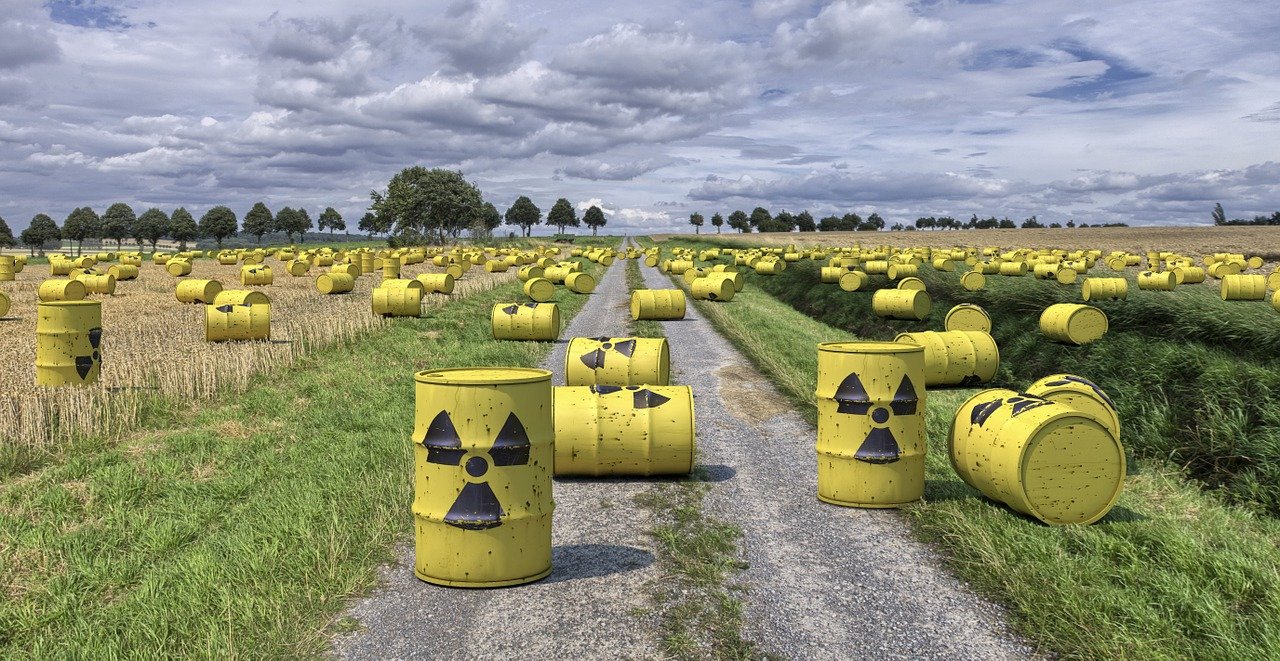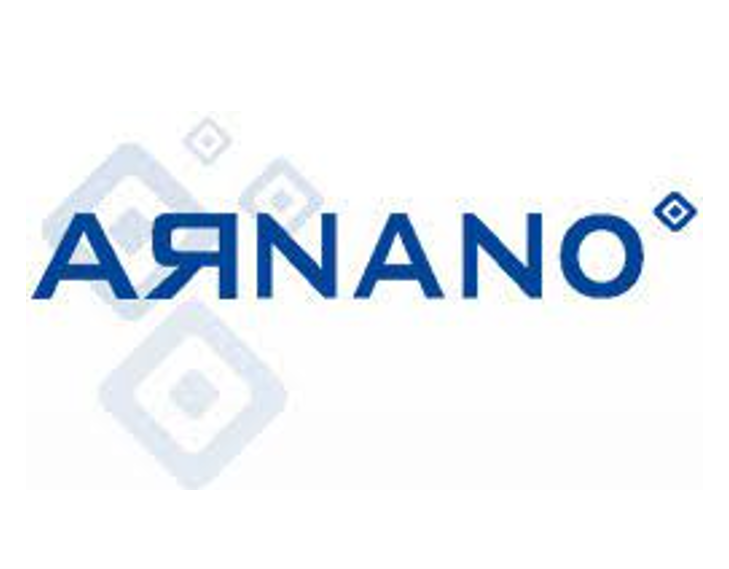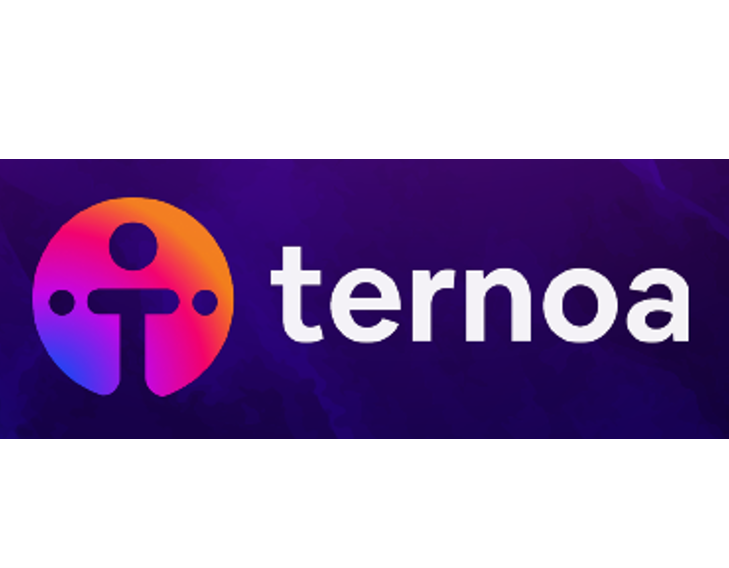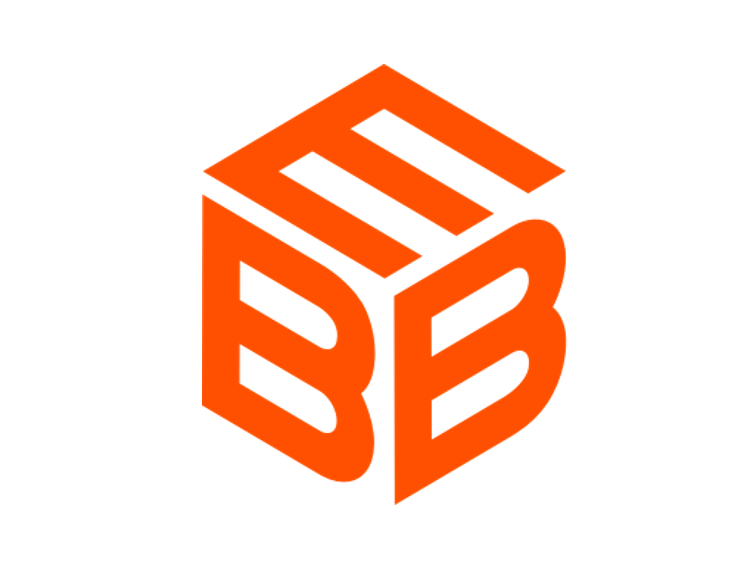123Fab #78
1 topic, 2 key figures, 3 startups to draw inspiration from

At the end of 2021, Australian researchers announced the creation of the Earth’s Black Box, modeled on an airplane’s black box, to collect data, notably climate data. The box will be completed this year and will inform future generations of mistakes not be repeated, with information such as land and sea temperatures, ocean acidification levels, species extinction, number of people in the world, military spending, energy consumption and news-related information. This illustrates the growing need to communicate with future generations. Other sectors are concerned, on different scales, such as the nuclear industry. Communication on the burial of nuclear waste, whose lifespan of several thousand years for the most radioactive, goes far beyond the next generations. In France, the National Agency for Radioactive Waste Management (ANDRA) has been entrusted by the Nuclear Safety Authority with the task of maintaining the memory of the Bure site, a potential future storage center for industrial nuclear waste, for at least five centuries after its closure.
The consideration of communication on very long-lived assets stems in particular from the nuclear sector, for which the risks of exposure, contamination, but also proliferation are significant and imply taking into account an unprecedented and uncommon duration. The vagaries of civilization history such as armed conflicts or budget cuts, climatic events and geological time must be taken into account when judging the capacity of a semiotic device to communicate the dangers of nuclear waste storage sites for millennia to come. The medium of transmission, the language or code used, and the way in which messages are transmitted, are at the heart of the problem.
Digital solutions seem to have their limits and lack efficiency when used alone. Hard disks, for example, do not have such a long lifespan and technology. They are likely to evolve, making readers and software capable of deciphering them obsolete. Combining a technological solution with “permanent paper” could be a solution. Made from pure cellulose, with a basic pH and resistance to oxidation, such a document, printed with a stable ink, could be preserved for 600 to 1,000 years. The detailed memory of the historical storage site in the Channel, intended for experts, already benefits from such a solution. Until now, certain organizations such as ANDRA have used sapphire disks, developed and marketed in particular by the Arnano company. They are able of withstanding at least 2000 years and a temperature of 1700°C. But this solution does not guarantee that the message will be understandable for future generations. A universal and simplified language could alleviate this problem. In the United States, researchers have thought of bristling the center of New Mexico with gigantic spines carved into granite and drawing a huge skull and crossbones, visible from above, in the landscape. But future generations must be able to decode this message. It can also be expected that in the next few years blockchain-based solutions will emerge, like SLAFKA, the world’s first blockchain prototype for safeguarding nuclear material.
There is a great technological and industrial need at this level, for the nuclear sector in particular, but more generally to create a multimillennial memory and communicate with the future. Very few companies and startups have taken up this subject and this may be linked to the difficulty of identifying the responsible of this memory. As far as public health is concerned, it could be the duty of national or supranational institutions. But how can we envisage an institution capable of taking charge of the management of nuclear waste for thousands or even millions of years to come? The economic model for such a solution remains difficult to envisage as long as institutions or private companies do not take on this type of responsibility. This may soon happen, as in March 2020, the OECD published a report entitled Preservation of Records, Knowledge and Memory (RK&M) Across Generations, which addresses the issue of radioactive waste over time and proposes a specific methodology to address it. The initiative offered a number of suggestions, such as libraries, time capsules and physical markers. The need is real, and it is gradually spreading to more and more sectors.
2 Key Figures
There are approximately 6.6 million m3 of nuclear waste in Europe
The world nuclear waste report (2019)
The Technetium 99, one of the most important fission products, has a half-life of 220,000 years
The Technetium 99, one of the most important fission products, has a half-life of 220,000 years
3 startups to draw inspiration from

Arnano
The startup relies on the properties of sapphire disks and microscopic engraving to provide data storage for very long periods. This solution is already being used in the nuclear industry to store radioactive waste storage sites or nuclear power plant plans to ensure that the information can be read by future generations.

Ternoa
The startup Ternoa’s solution allows to create time capsules from a smartphone and to easily add photos, videos or messages. Each time capsule is encrypted and stored in a decentralised way on the blockchain, for future transmission to the chosen beneficiaries.

Earth’s Black Box
The project is a collaboration between the University of Tasmania and a communications firm called Clemenger BBDO. It will be able to collect a large amount of information on the climate and current events, similar to an aircraft’s black box. Its outer layer will be made up of 3″ thick steel.
Interested in a startup landscape or in an insights report?
Please fill out our contact form so that we can get back to you very quickly with our product offer.
Want to subscribe to our 123Fab?
Fill out our form to receive the latest insights into your inbox.
